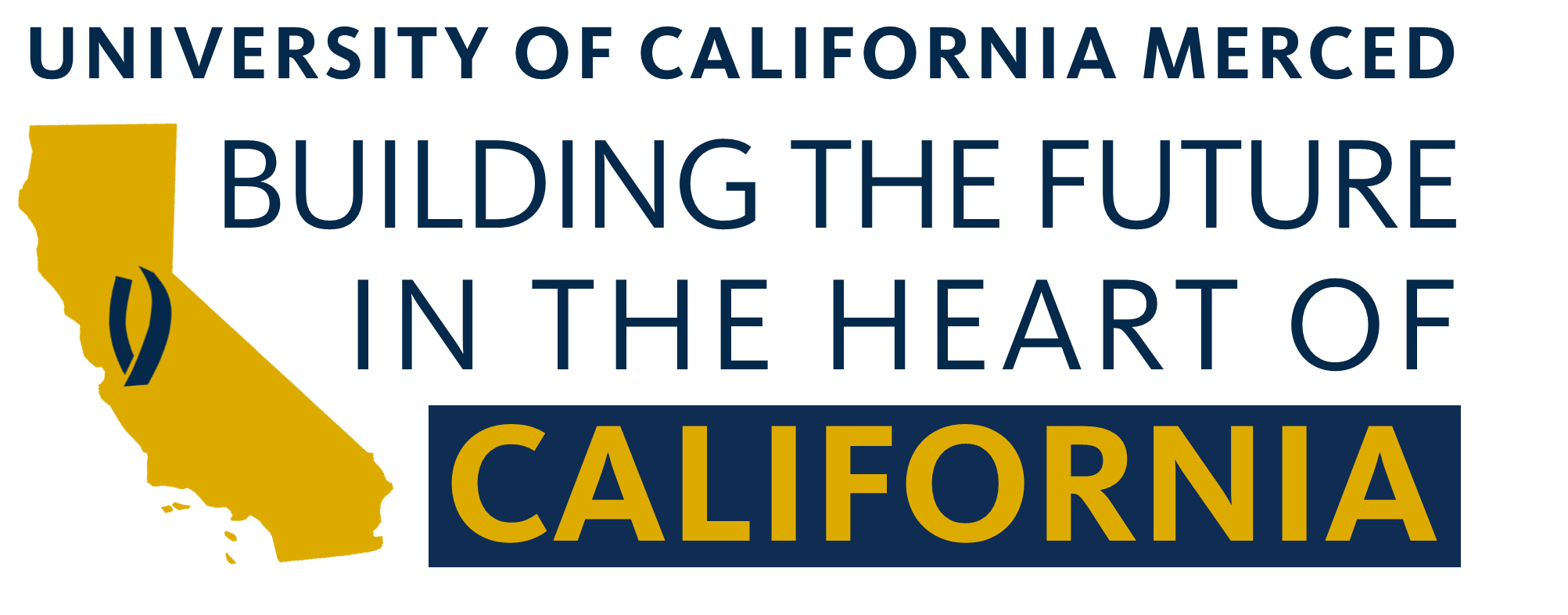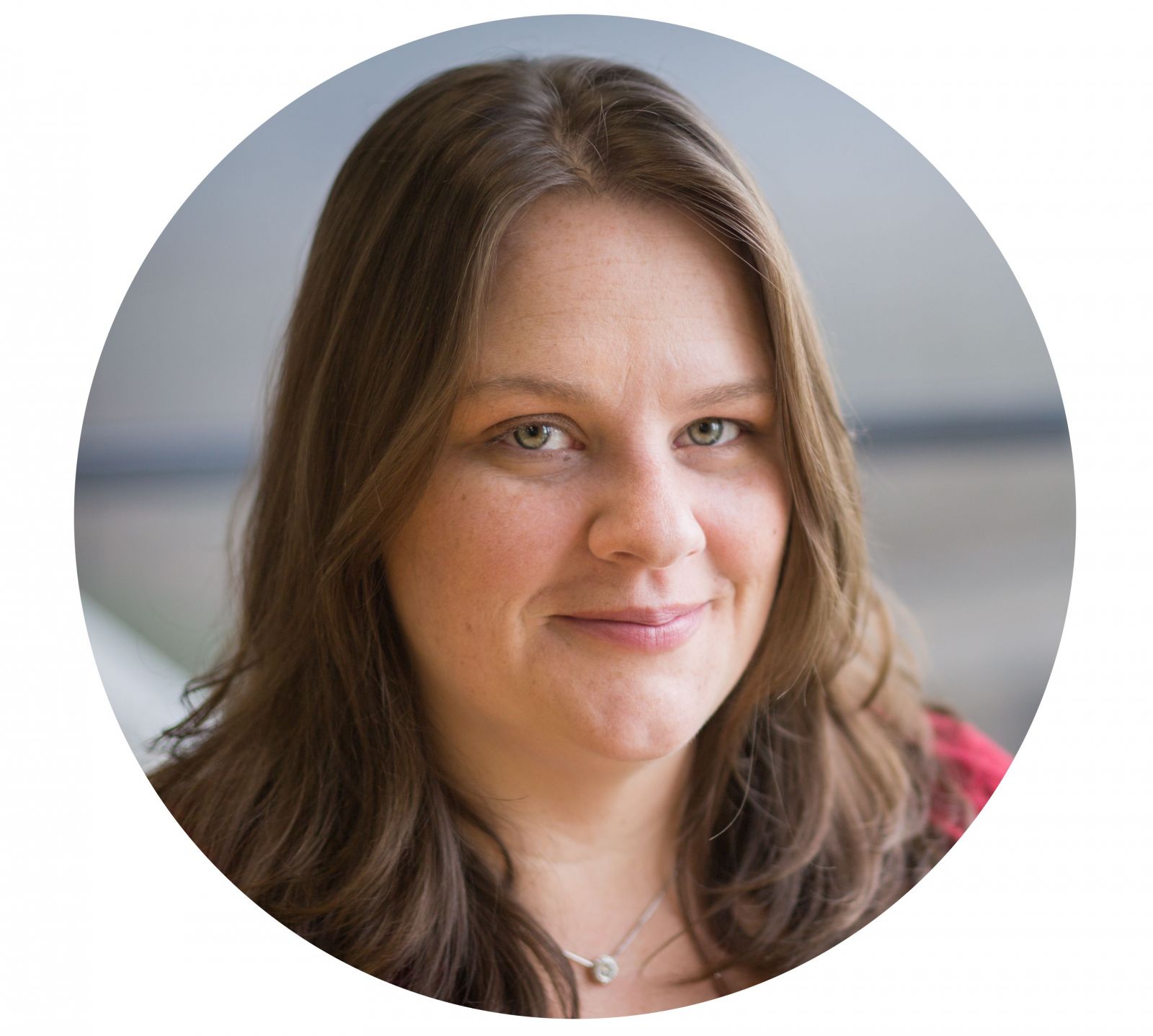MERCED 2020
TECHNICALLY
SPEAKING:
PREDICTING
THE
FUTURE
Jodon Bellofatto Strives to
Marry High Tech
With High Demand
As told to Christy Snyder,
Office of Information Technology
More Than Floors and Ceilings
The Merced 2020 Project is more than floors and ceilings, and nobody knows that better than Jodon Bellofatto, who works in academic and emerging technologies (AET) for the Office of Information Technology (OIT). Recently, he sat down with OIT Communications Officer Christy Snyder to share a little about what brought him here, what keeps him here and what it’s like to be building the future in the heart of California.

What is your role at UC Merced?
I am the Technology-Enhanced Spaces, Lead Analyst for OIT’s AET. In OIT, we drown in acronyms, but I get a kick out of the fact that my position title spells TESLA.
My primary responsibilities are to design, engineer, connect and ultimately lead a team to support the academic and collaborative spaces that serve the campus. I've seen firsthand how too much technology can become overwhelming or inconvenient. In those situations, the tech either rots in the corner or people spend precious instructional time trying to figure out how to make it all work together. I aim to find a balance between those two extremes. My goal is to design spaces that are useful, where technology works as harmoniously as possible, is easy to understand and — ideally — allows for new and meaningful enhancement to existing instruction.
"MY PRIMARY RESPONSIBILITIES ARE TO DESIGN, ENGINEER, CONNECT AND ULTIMATELY LEAD A TEAM TO SUPPORT THE ACADEMIC AND COLLABORATIVE
SPACES THAT SERVE THE CAMPUS."
How long have you been at UC Merced?
I started as a Classroom Technology Specialist in March 2006. Back then, none of the buildings were really "done" and classrooms didn’t have the level of sophistication that they do now. In those first few years, we had to fly by the seat of our pants because everything was just coming online or not quite ready. I remember having to hotwire classrooms in ways that would horrify me today, but that was our only option; we had to keep instruction running. I learned a lot during those years. I’ve also been fortunate and grateful to work with others patient enough to mentor, guide and trust me to manage the several complex projects and transitions through the years.
"I REMEMBER HAVING TO HOTWIRE CLASSROOMS IN WAYS THAT WOULD HORRIFY ME TODAY, BUT THAT WAS OUR ONLY OPTION."
What challenges do you face on the job?
The experience most people have with audio/visual technology is what they do in their homes, which makes sense. If we are setting up AV at home, it’s simple: Go to Best Buy, buy a TV, put it on the wall and get it to work.
It’s not that easy here.
The tech that works in our living rooms is not designed to take the beating or perform the gymnastics expected of the tech we install in our classroom and collaborative spaces. In a setting like ours, where we have diverse needs and our equipment has to run 16 hours a day for the next seven or eight years, we have to approach things differently.
How did you get involved with the 2020 Project?
I transitioned to my current position in the fall of 2015, when 2020 planning was already well underway. I had to come up to speed on the project quickly. There’s a lot of complexity and planning to bringing a single room’s worth of tech online (let alone a building, let alone 13, and all at once!).
My role has been to look at the entirety of the project plan and find ways to integrate the campus community’s performance expectations within the constraints of the project. Ultimately — like with every design I’m involved with — the goal is that we end up with good, useable, functional rooms that strike the right balance of technology and that OIT will be able to support and maintain for years to come.
What kinds of things do you have to consider when you’re designing a technology-enhanced space?
In recent years, product features for technology our team works with are becoming more homogenous; these are details where only us AV geeks would notice the differences. So, I’ve instead focused on standardization, getting the best bang for our buck, and how much time and money it will cost us when it eventually breaks and identify opportunities to mitigate that risk as much as possible.
Your work requires a lot of technical knowledge and experience. How did you get started?
My uncle did contract IT service and support when I was a kid growing up in Maryland (there’s no ‘y’ or ‘d’ in that word if you're a native, by the way). When I was 6, he brought pieces of a 386 to the house to build a computer for my mom. I was curious, so I got in the way and helped him put it together. Later we upgraded to a 486, and then to a Pentium 1, and so on. I was hooked.
"there's a lot of complexity and planning to bringing a single room's worth of tech online –
let alone a building, let alone 13, and all at once!"
What does UC Merced mean to you?
UC Merced was a part of a new beginning for me. When I took my original position on campus, I had just moved to the Central Valley from Maryland. Making that transition was a culture shock! At some point, it connected for me that UC Merced was in a similar state as a brand-new campus. There was — and still is — a tremendous amount of potential here, for me and for the campus. I think the 2020 Project is another opportunity to see that potential realized, and I’m hopeful my part in it will help make that happen.

Christy Snyder is the Communications Officer for the Office of Information Technology, where she manages communication efforts that promote and educate campus about OIT’s extensive efforts to define, develop, sustain and scale campus technology services for UC Merced. Prior to joining OIT, she was the Communications Manager for Graduate Division. She holds a master’s degree from the University of Florida and lives in Merced with her partner and two young children.
